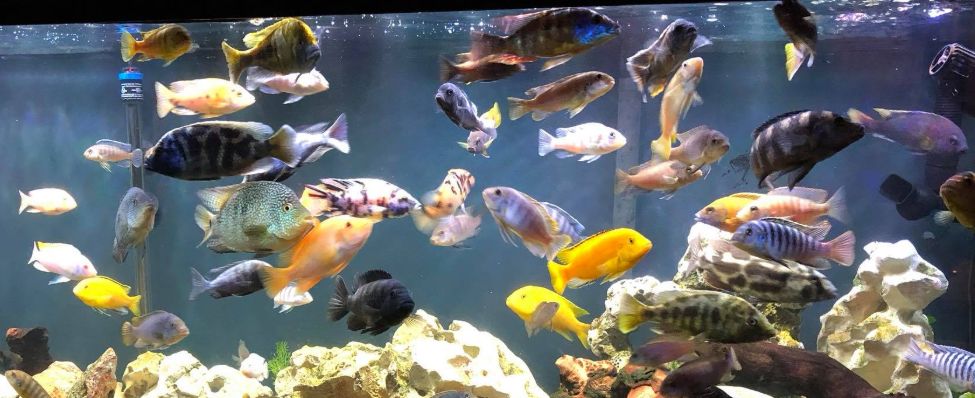
Diseases are generally not a problem in aquariums which have over-filtered, crystal clear, bacteria free water.
.
The Key to Good Fish Health is Clean, Bacteria Free Water
.
Note this does not mean water which is changed frequently. The idea that water changes create good health is a myth. The idea that water which has “good water parameters” will give good health is also a myth.
We go into that in more depth in this link:
12.9. Avoiding Fish Diseases

General Articles on Disease Treatment
One caution about diagnosing fish diseases. Even with a microscopic examination fish diseases are not easy to diagnose. Most hobbyists have only what their eyes tell them to go on as to what any fish disease is. This means that diagnosis of any fish disease is simply a “best guess”. And these “best guesses” are frequently wrong. So keep this in mind in all the following treatment articles.
There are some general articles which will be useful when treating any fish disease:
12.1. Basics of Treatment
12.2. Various Treatments Summarized
12.3. Quarantine Tanks
12.4. Ineffective Medications
12.5. Fish Don’t Drink
12.6. Sterilization
12.7. Making Medicated Food
12.8. Euthanizing a Fish
12.9. Avoiding Fish Diseases
12.10. The “Shotgun” Approach

This is in addition to the last chapter on symptoms. The articles in this chapter are as follows:
11.1. Hole-in-the-head Syndrome
11.2. Stringy White Poop
11.3. Malawi Bloat
11.4. Dropsy
11.5. Hollow Belly
11.6. Swim Bladder Disease
11.7. Shimmying
11.8. Twirling

11.9. Spinal Deformities
11.10. White Skin Blotches
11.11. Red Skin Blotches
11.12. Neon Tetra Disease
11.13. Slime Coat Disease
11.14. Scaly Skin
11.15. Fish Not Eating
11.16. Aggression
11.17 Black Death
11.18. Black Head Syndrome
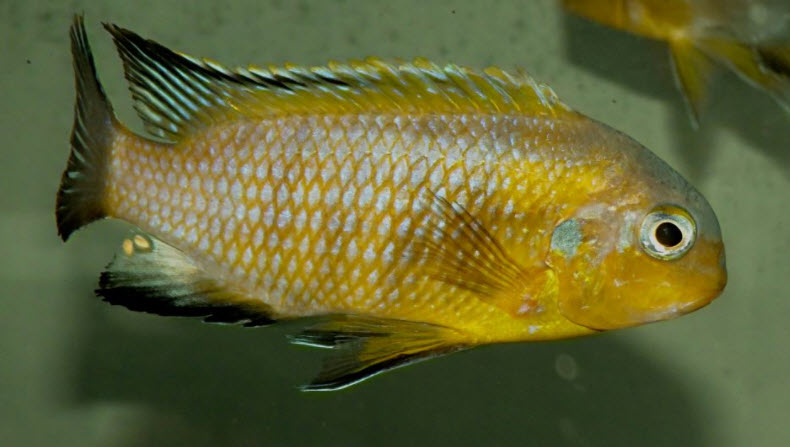
These articles in turn are in addition to all the articles on specific diseases:
10.1. Diseases in General
10.2. External Protozoans
10.2.2. Ich
10.2.3. Velvet
10.2.4. Epistylis
10.2.5. Chilodonella and Costia
10.2.6. Tetrahymena
10.2.7. Cryptobia
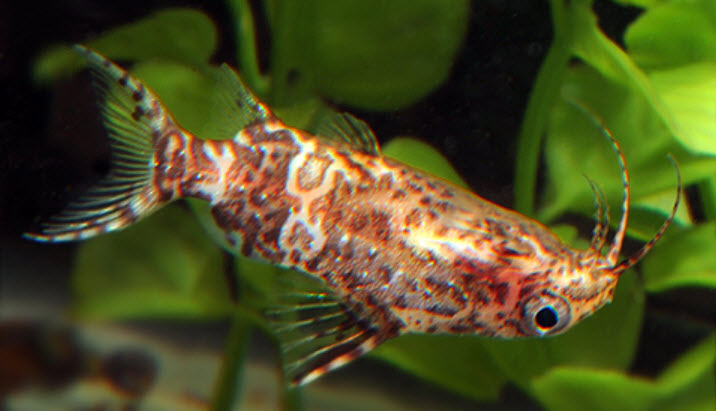
10.3. Bacterial Diseases
10.3.1. Skin Ulcers
10.3.2. Mouth Rot
10.3.3. Duck Lips
10.3.4. Fin Rot
10.3.5. Saddleback
10.3.6. Red Blotches
10.3.7. White Eyes
10.3.8. Pop Eyes
10.3.9. Red Gills

10.4. Tuberculosis (Fish TB)
10.5. Hexamita
10.6. Flukes
10.7. Fish Saprolegnia or “Fungus”
10.8. Lymphocystis
10.9. Anchor Worms
10.10. Black Spot
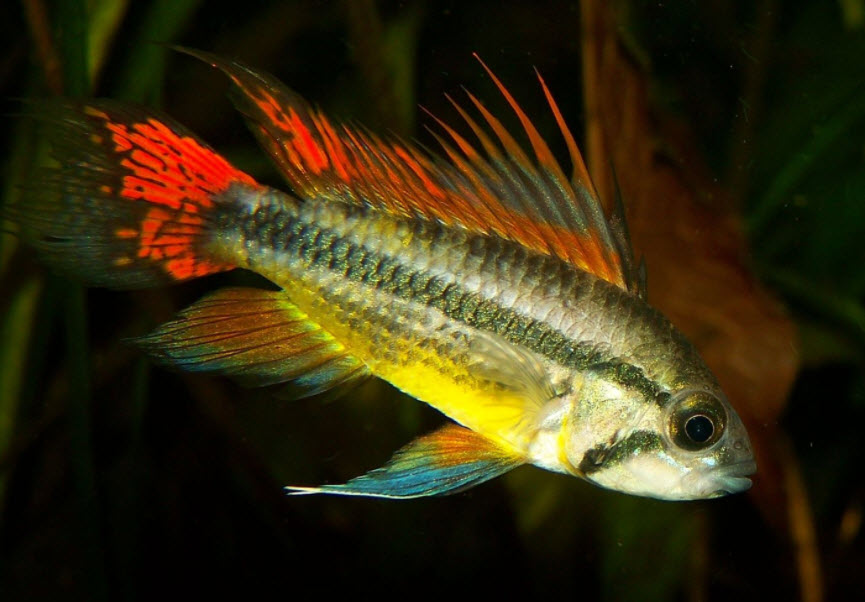
10.11. Tapeworms
10.12. Nematodes
10.12.1. Camallanus
10.12.2. Capillaria
10.13. Pests in the Aquarium
10.14. Fish Lice
10.15. Dwarf Gourami Disease
10.16. Graphite Disease in Bettas
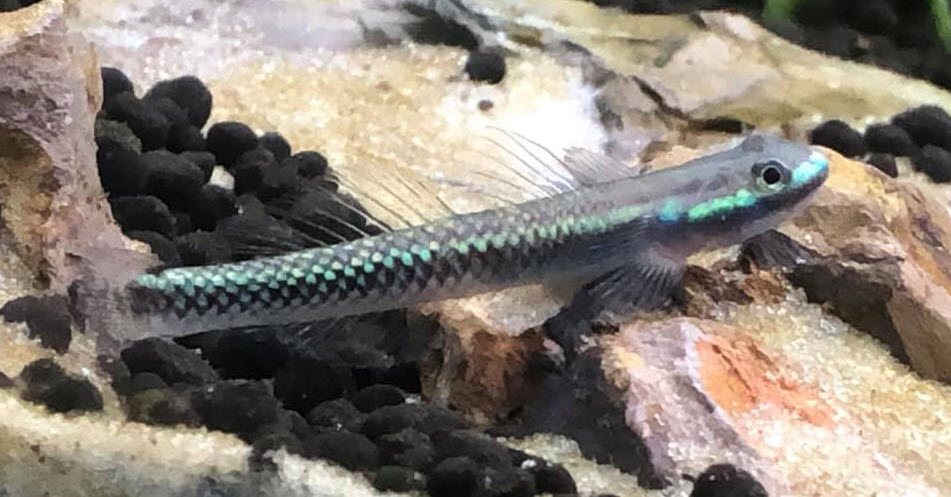
.
Return to Home Page and Main Menu
.
Aquarium Science Website
The chapters shown below or on the right side in maroon lead to close to 400 articles on all aspects of keeping a freshwater aquarium. These articles have NO links to profit making sites and are thus unbiased in their recommendations, unlike all the for-profit sites you will find with Google. Bookmark and browse!
.

Dave says
In reply to Przemek …… I doubt enough would transfer to be of any good.
Przemek says
I have one guppy with poped-eye and thin-rot. It seems that in Europe without prescripction it is possible to buy only skin ointments containing vaseline and triple antybiotic (Bacitracinum zincum, Neomycini sulfas and Polymyxini B sulfas) or just neomicin. Do you think it makes sense to shake one of this with water to extract antybiotics and use the extract to prepare food for the fish? Or mayby try to bath the fish in this extract? After all in humans it is used on skin…
Dave says
In reply to RYudis …. I like the amoxycillin in the food. Just my preference.
RYudis says
In Indonesia, antibiotics that are easy to find are Enrofloxacin and Amoxicillin. Enrofloxacin is usually sold for fish and Amoxicillin is usually sold for humans, which one is better for treating gram-negative bacteria through food?
Dave says
In reply to Nick …. There are no cross-indications that I am aware of.
Nik Padolan says
Thank you for the information sharing.
Maybe is a difficult task, but it will be nice to know which medicines (act. ingredients) can and cannot be used in the same time.
Dave says
In reply to Ben z … Amoxicillin is still my go to medication for bacteria.
ben z says
@Dave
About fish medications… I saw enrofloxacin (Indonesian origin) selling online for around US$2.70 for one packet (10g). At that sort of price point, it’s definitely one of the antibiotics that, to paraphrase you, fish at SEA farms are swimming around in. Do you think that might partially explain why some fish appear to be very weak by the time they arrive at stores in the US/Europe? Hmmm…
Also, there’s this thing called “Japanese yellow powder” that is sold quite commonly in Asia. According to one website, the active ingredients are Nifurstyrenate/ERUBAAJU in a ratio of 1 to 10. http://arowana10.blogspot.com/2010/01/japanese-yellow-powder.html
I’ve never used it, but quite interested in what you think.
Also, which antibiotics would you recommend a fish keeper stocks, assuming no issues with accessibility whatsoever? Your list put amoxicillin at the top, is that still your preferred first-line med?